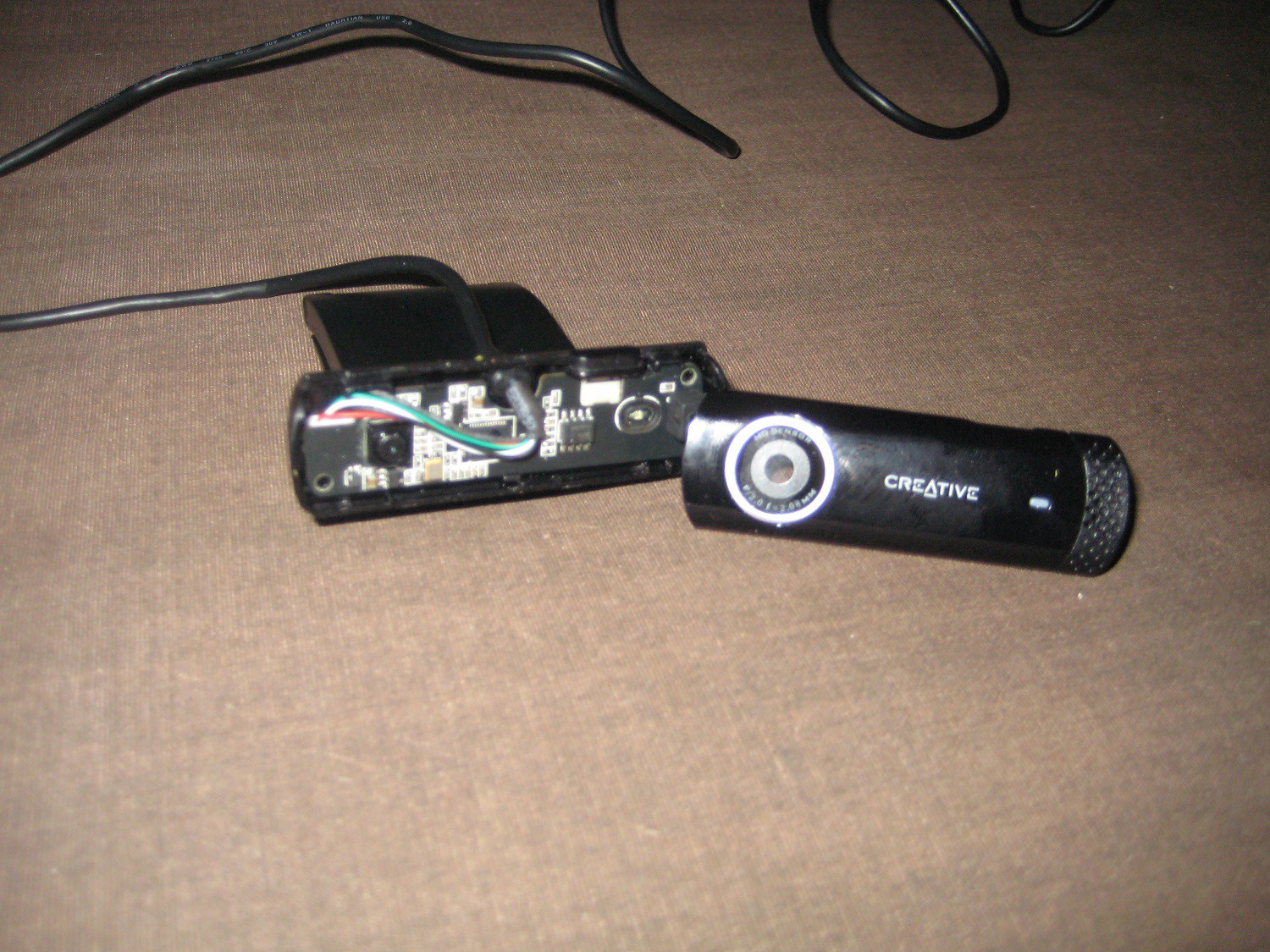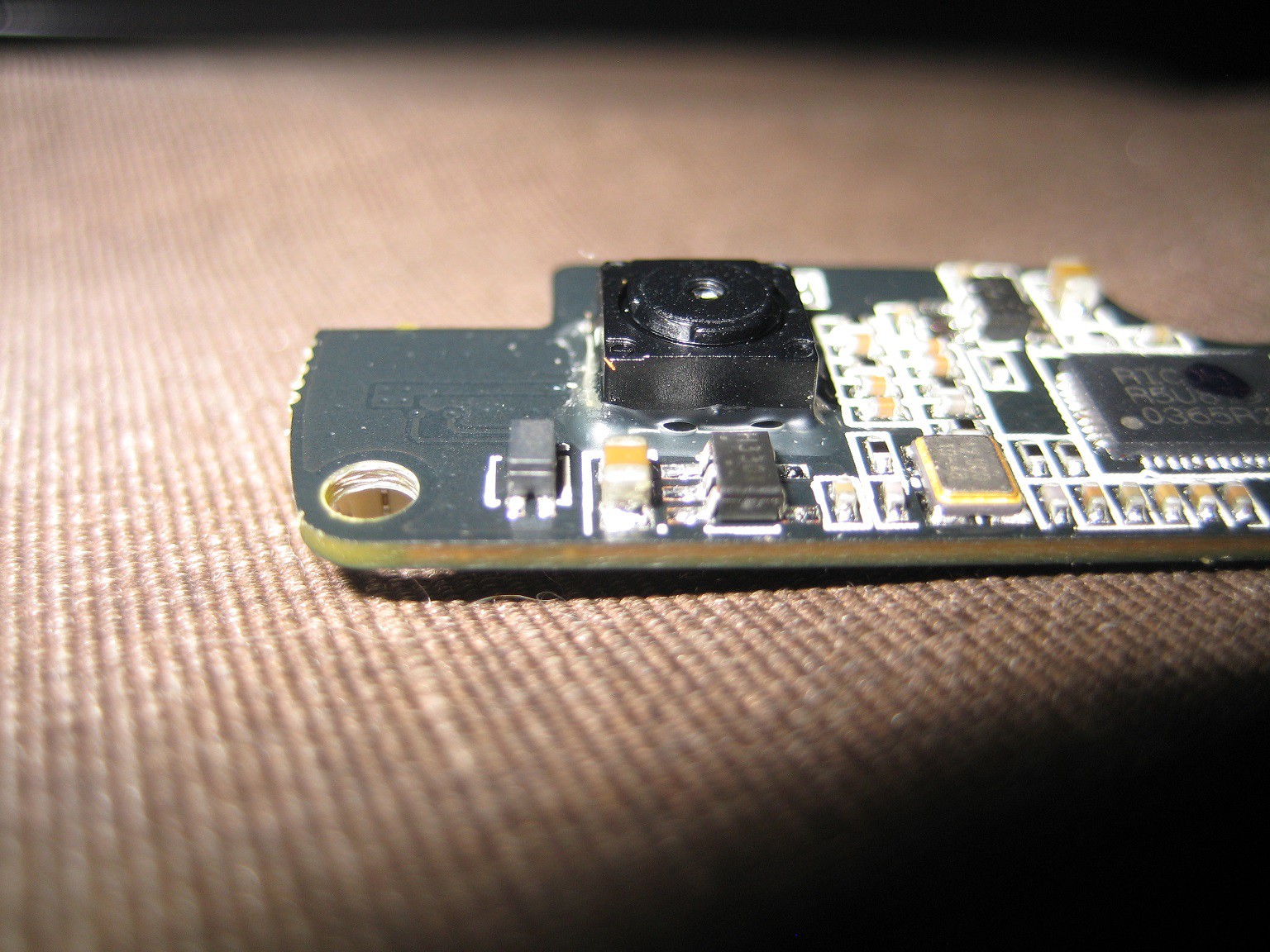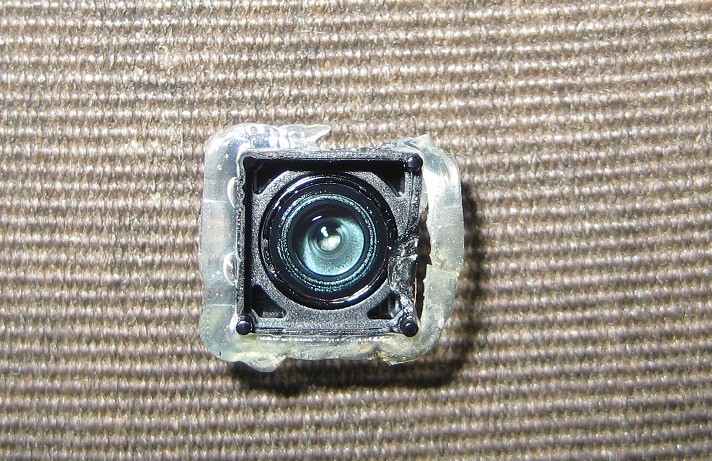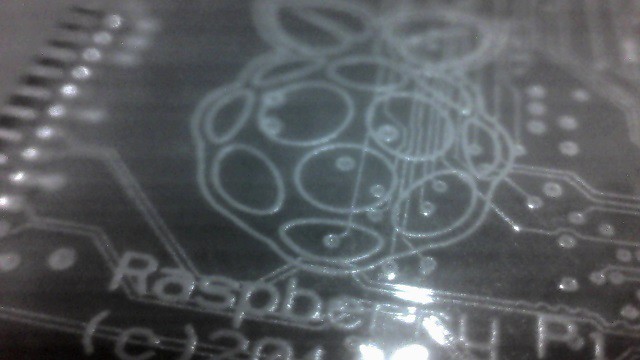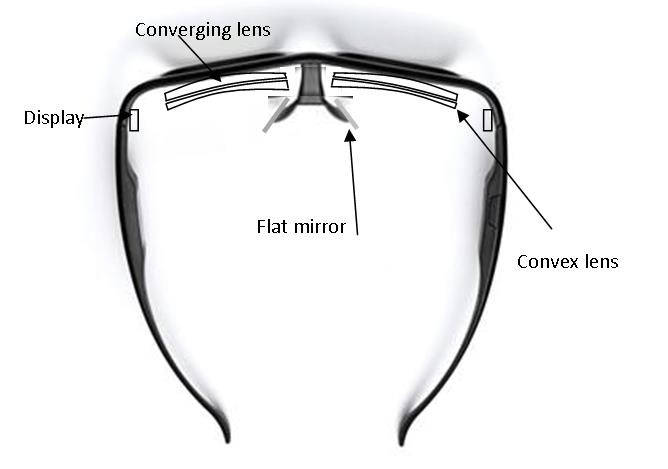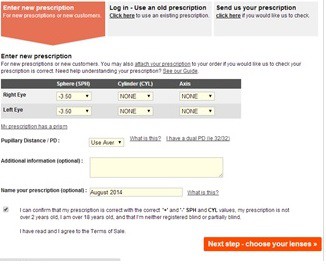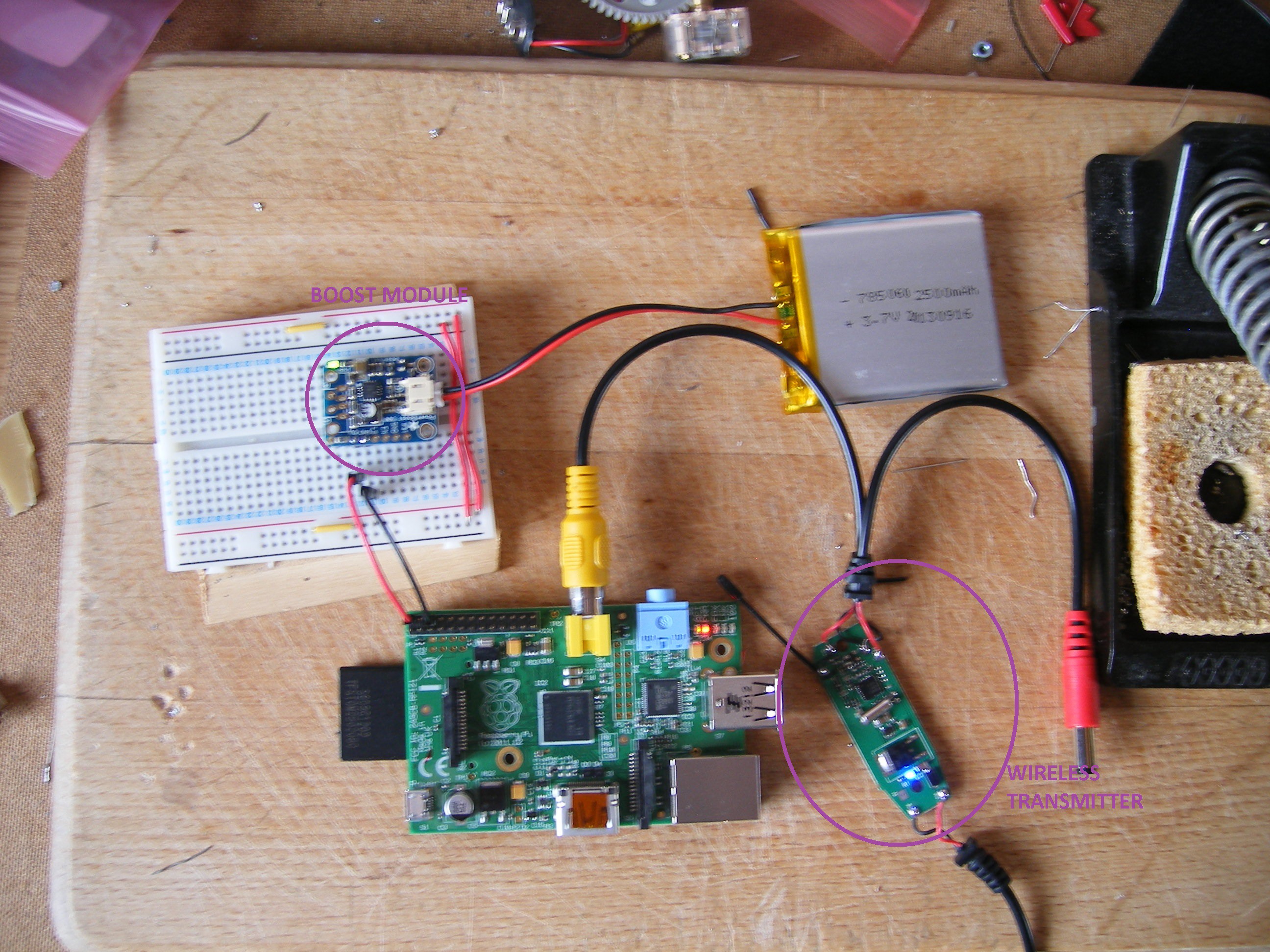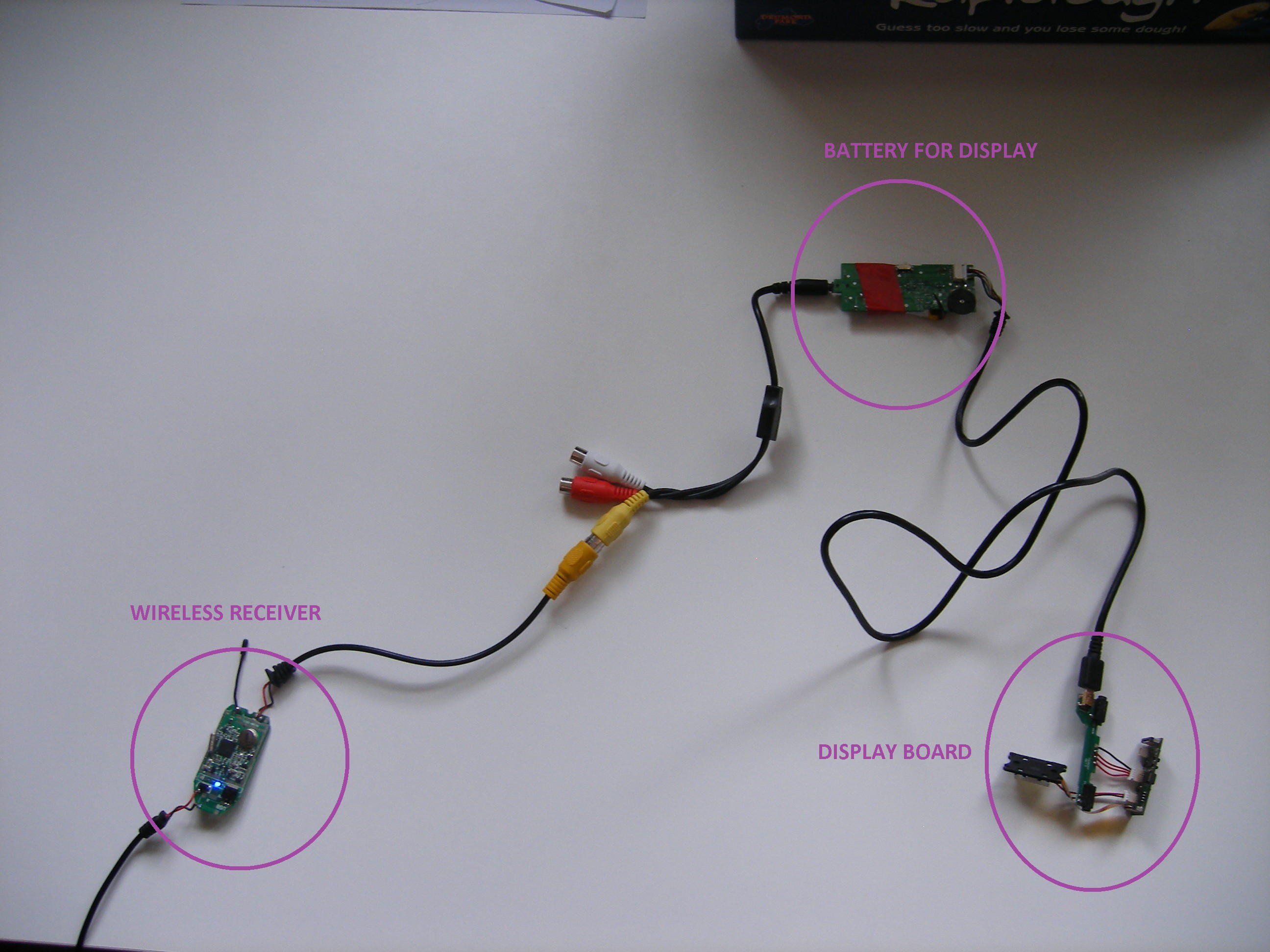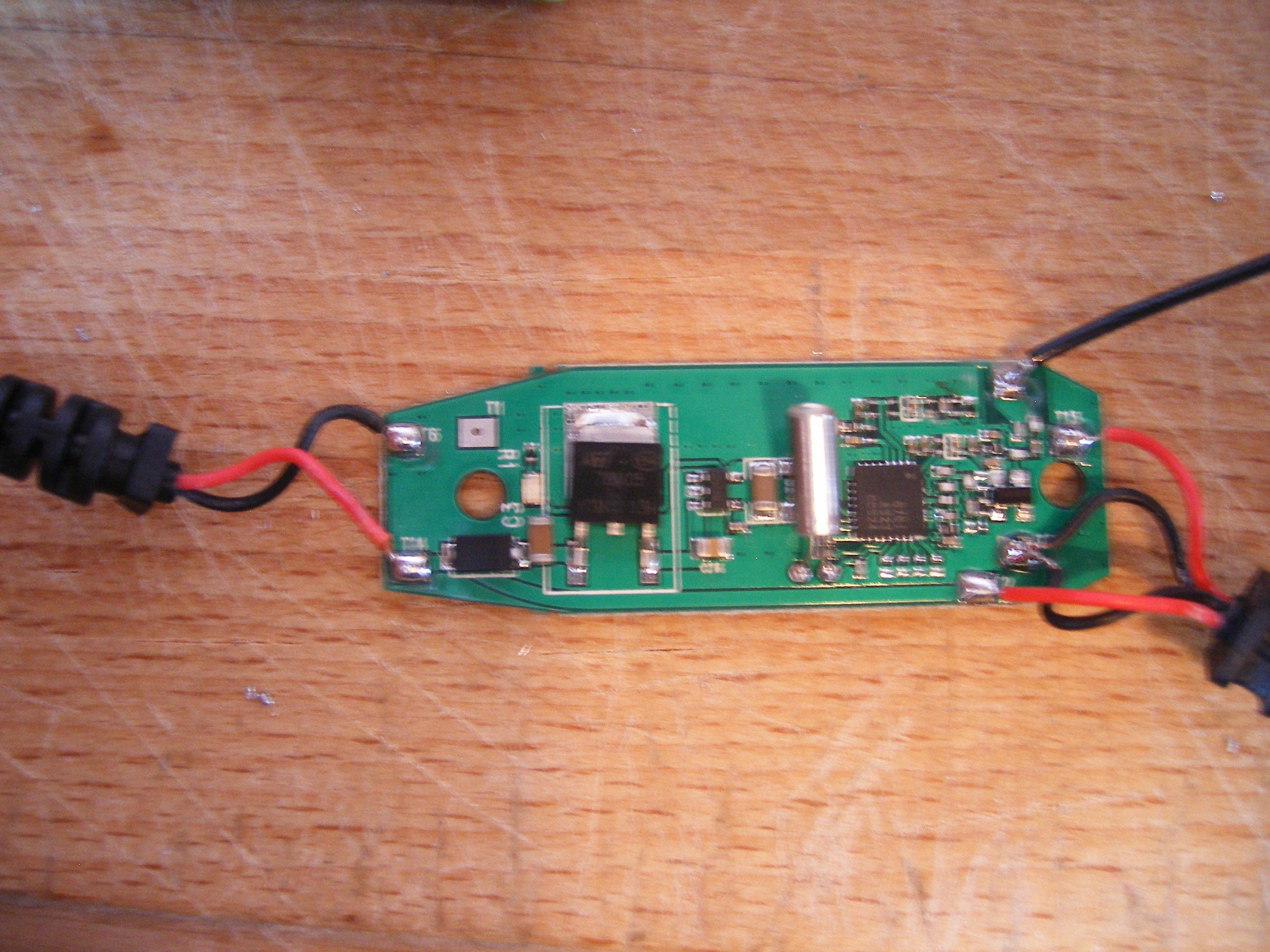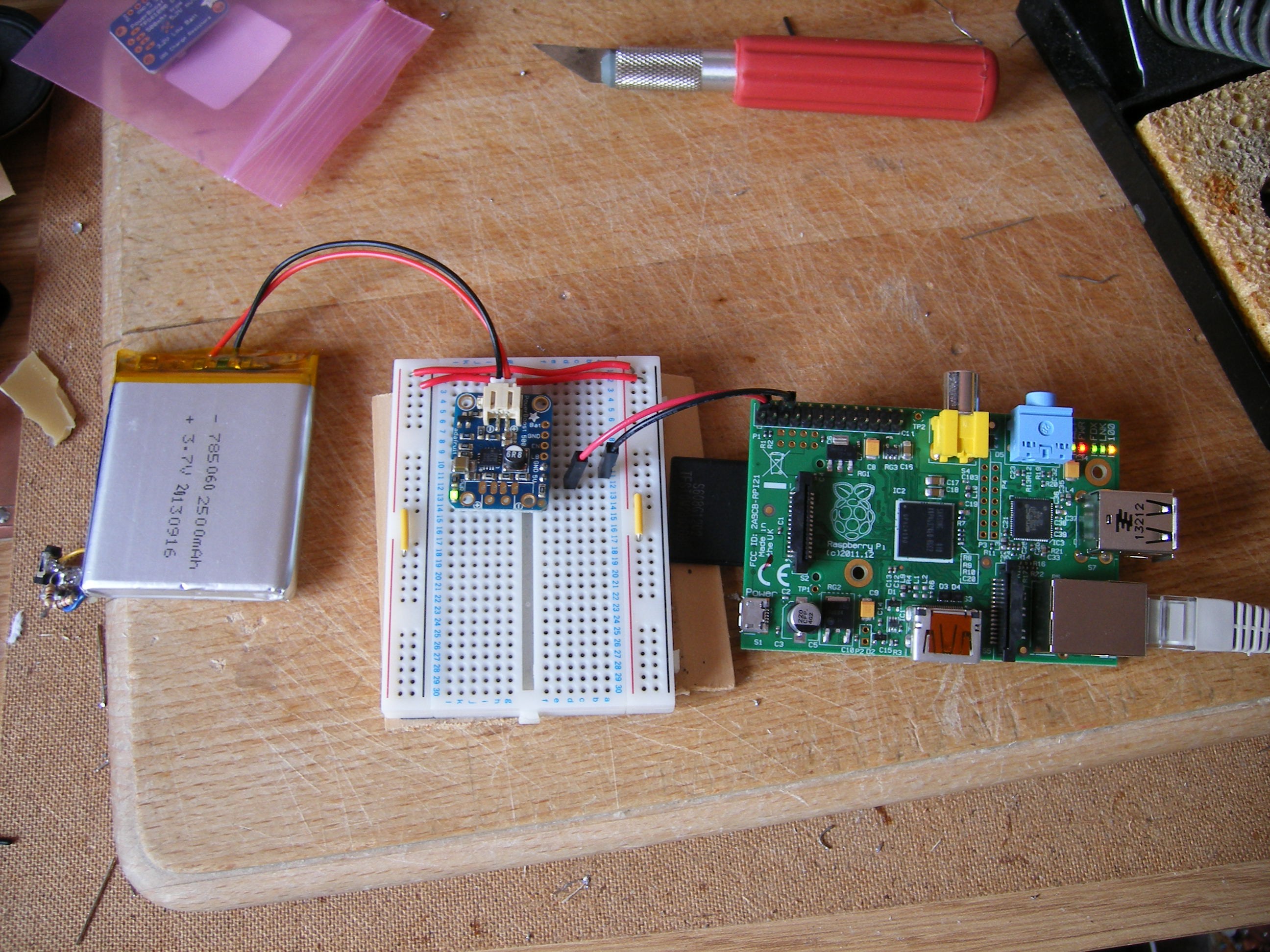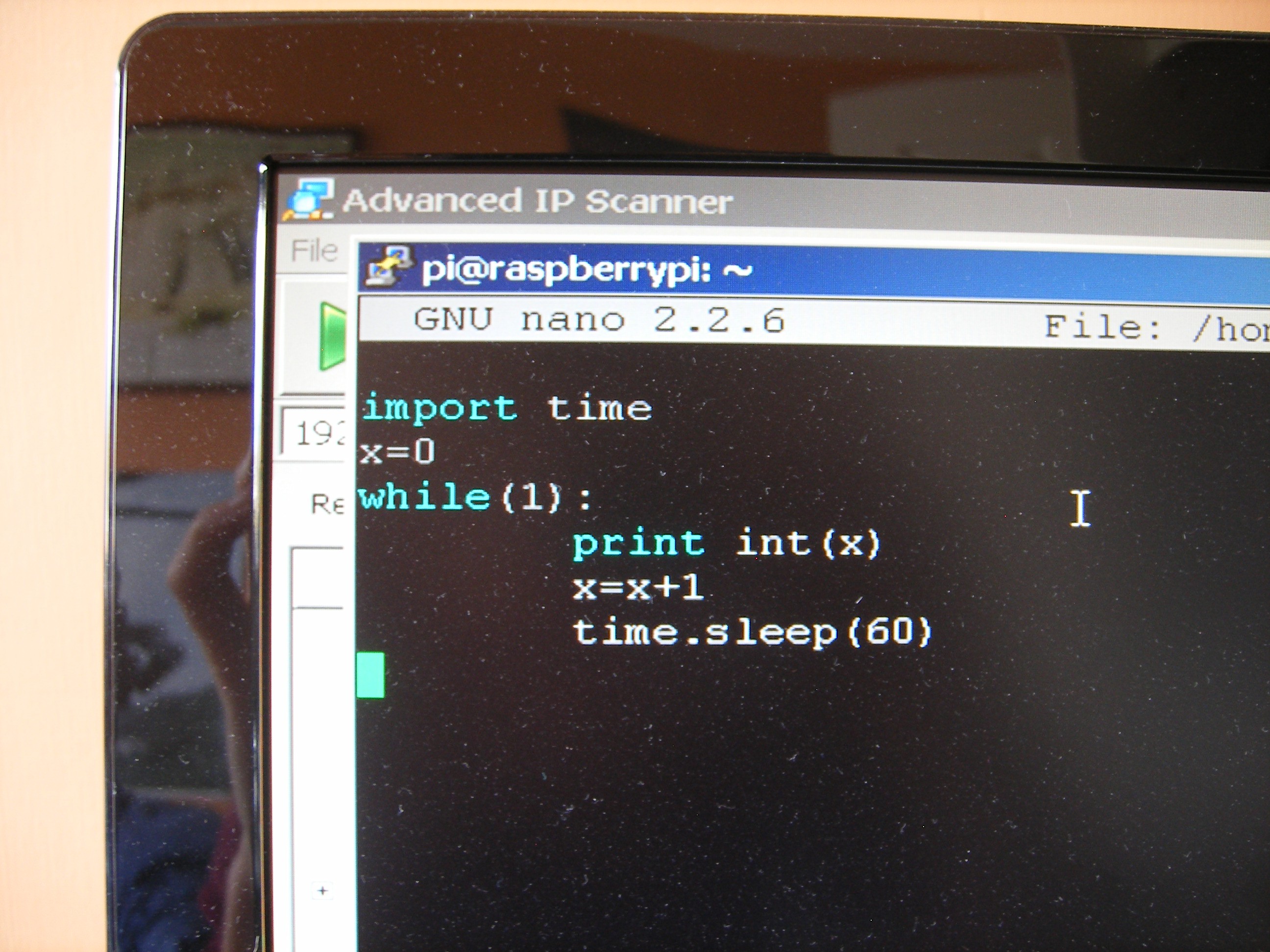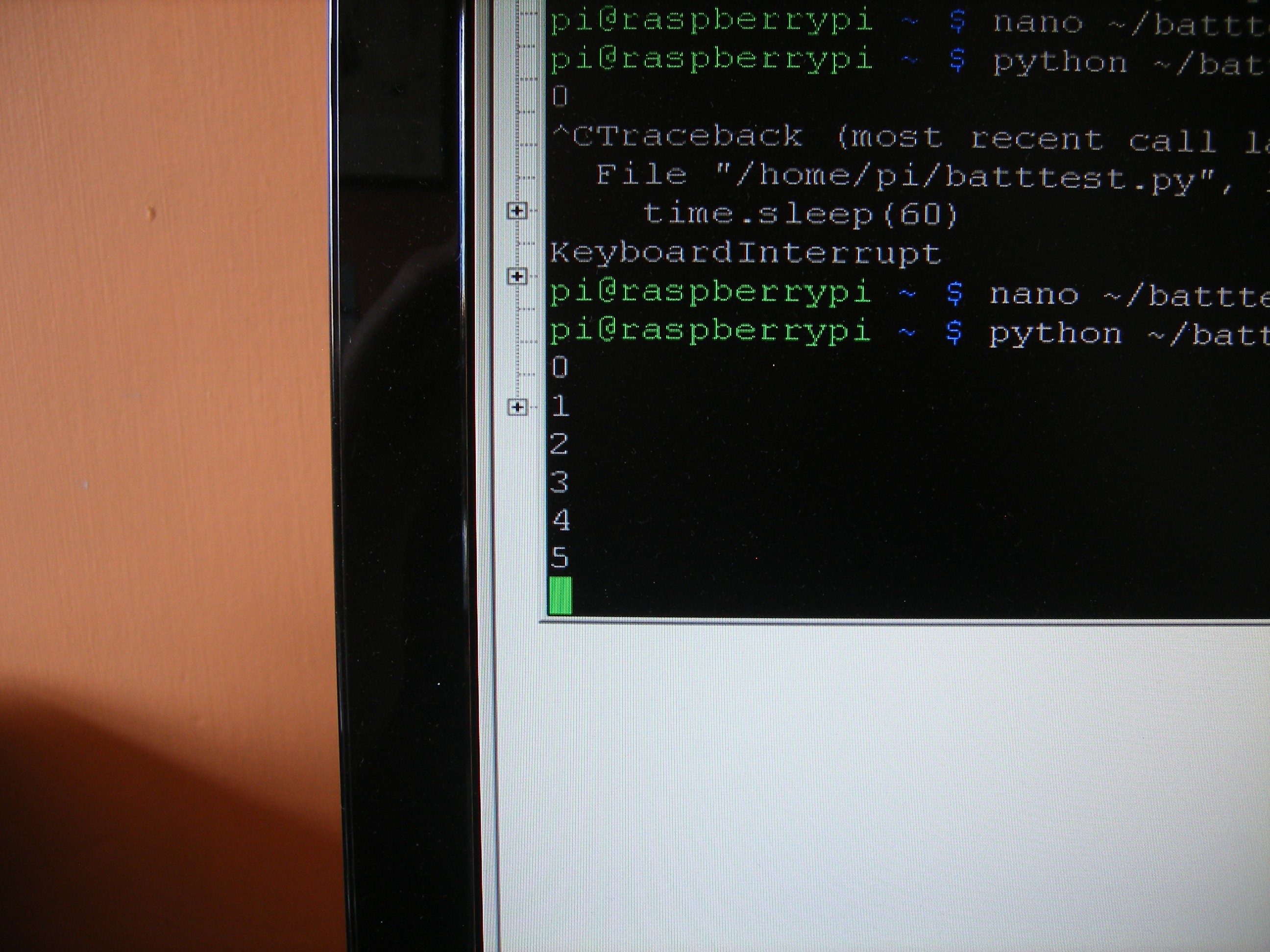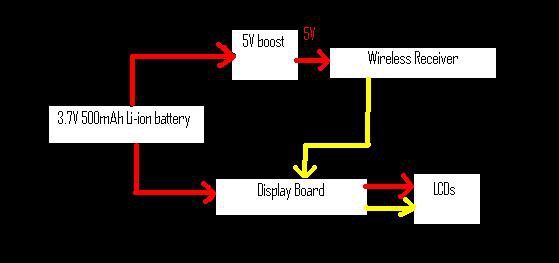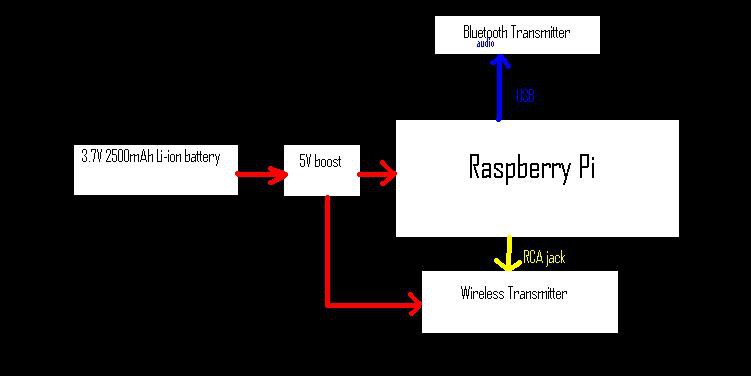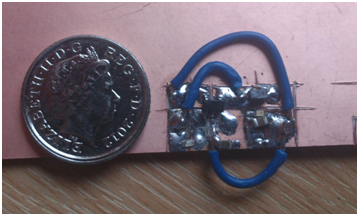-
Electrical tape is a valid construction material...
08/20/2014 at 22:23 • 0 commentsNow we had the electronic components working, it was time to test it out. For this, I only used the electronic components without worrying about the optics. This meant I temporarily mounted the LCDs outside the glasses just to check that they worked.
This works with the two units separated across each end of the room with now degrading of the image. The glasses were still very light and comfortable, despite the fact they were covered in insulation tape. This has appeared promising so we will now combine this with the optics to make the Mk2 MUCH more aesthectically pleasing.
-
Night Vision - Part 1
08/20/2014 at 19:17 • 0 commentsOne of the aims we stated in the description was to have some sort of night vision capability and some functionality to link with other devices around the home. The beauty of these is that they can be linked together very easily. This is due to the fact that both involve at least one IR LED. The camera uses this to project light this is outside the visible range and so unless another person is using another night vision device you will be invisible. For linking with devices around the home, any remote that you use will almost always use IR light to communicate, therefore bring the glasses into the realm of universal remote and the universe of things.
For now I will be focusing on the Night vision aspect and for this I will be using a simple webcam that I just happened to have lying around. In this case it was a Creative Live! Chat cam HD, though most any one will do. Now I want to point out here that I am not fully integrating this into the project yet, merely producing the capability to be able to do so.
![]()
This first job to do was to take the housing apart, which was simple in my case. There were no screws at all only clips so I could use a knife to get into the gap and lever it open. Once inside I was presented with a circuit board that filled the container, most of which appears like it is needed for the camera unfortunately as this means that it cannot be shrunk very much. The lens assembly covers the sensor and that is the raised section.
![]()
In this block there is the focusing lens and the IR filter (which is what gives it the red tint). This is what needs to be removed, although it may be hidden behind the lens. Great care needs to be taken when removing it if you ever wish to use it again as the filter is very fragile and will smash easily. I myself managed to remove it OK and then dropped it, causing it to smash on the floor. Now there is the option here to place one or two layers of photo negative into the gap where the filter used to be. This will cause only IR light to be passed through to the sensor and render the camera useless in normal light. Due to this I decided to omit this step, but feel free to include it if you wish.
![]()
The lens then needs to be placed back over the sensor, so that images can be formed again. For the time being I have also replaced everything back into the casing for safe keeping until I return to the UK and can find a way to properly integrate it to the project. Also the an IR LED needs to be included so that the camera can see properly in the dark.
A quick update, I have now managed to get a photo with the webcam using a tv remote to provide the illumination.
![]()
-
Optics - Part 2
08/20/2014 at 11:12 • 0 commentsWe had one other problem with our current arrangement and that was the fact that, as the image was reflected, it was mirrored horizontally. We realised the solution to this was to reflect the image first before having it hit the glasses and this also ended up solving the first issue. The only final problem was that of the person’s vision being affected by the use of the lens however that was easily remedied by the addition of a further lens from a set of equally strong (+3.50) reading glasses. The rough sketch of the final set up can be seen bellow.
![]()
We are still experimenting with the design and for now have not included the sunglasses in our prototype for the sake of simplicity; however it is something we are looking at implementing in the future. This is both for the fact that less light will reach the eyes making the screen relatively brighter and also that it looks far better and serves to hide all the electronics.
The reading lenses are from cheap sets you can buy in many local stores and the others are from an online prescription service that allows you to order glasses cheaply to a specific strength. This process can seem complicated but below is an image of how it should look when completed and is in fact very easy. The only number that needs to be modified is the SPH or spherical number, and this needs to be -3.50. The others should be 0 and the PD (pupil distance) is irrelevant and can be any number you like.
![]()
When buying/ordering the glasses buy the cheapest frames you can as they will not be needed at all for the project and can be thrown away as soon as the lenses are removed. To modify this setup for anyone who does require glasses already is very easy, all that needs to be done is to change the strength of the reading glasses so the difference in strength between the two matches you’re prescription and this can be done separately for each eye. For example I have -1.50 eyesight and so I would get +2.00 reading glasses to compensate (-3.50+2.00=-1.50).
The final consideration with the lenses is to try to find ones that match each other closely in size to avoid as much visual distortion as possible.
-
Optics - Part 1
08/20/2014 at 09:01 • 0 commentsHi its Michael here. Sorry I haven't posted any updates in a while but I have been out in Egypt for the past month and a half and so have had very little access to the internet.
One of the major challenges in producing a system like Google Glass is the projection of the image so that it can be seen. If there was no need to be able to see through the image our job would have been incredibly simple as all that is needed is the stock high magnification lens that comes with the glasses. However, for our task we have decided that placing the screen to the side allows for a much greater ability for the image to be used simply as an overlay to the real world keep it augmented reality rather than virtual reality.
The main issue we had here was making sure that we could have the screen quite close to the eye while still having the image placed at the infinity focus point and still having the image large enough to see. We played around with various magnifying mirrors and some quite complicated mirror arrangements to try and find an ideal balance. Despite this, even with a 15x mirror, we were unable to properly bring the screen into focus at the desired size. The other problem with this set up is that we would have had to very carefully cut the mirrors to the correct size without affecting their optical properties.
During this experimentation however, we did stumble across one surprising fact. It happened while trying to test a setup of the mirrors and we needed one more which we couldn't find. To resolve this we decided to try using my glasses (for shortsightedness) instead. We found a curious effect that the image produced was far bigger and in fact the focus had been pushed too far away so that we were in fact looking at a virtual image which I could not focus on. This gave us an idea and so we managed to get a hold of different strength glasses and compared their effects on a reflected image. It turned out that the stronger the glasses the greater the magnification and focusing effect, with -3.50 glasses producing a large in focus image at a distance of about 3 inches. Now obviously this is too large a distance to have a reflecting screen from your face but it was still a start.
-
Aims
08/19/2014 at 18:05 • 0 commentsNow that we have the main hardware (minus the optics) all working. We aim to explain how this project can be modified to suit your needs.
The main advantage of this design is that all the parts are readily available (links in the components section) and that it uses the Composite Video display on the Raspberry Pi, this means these can be used with any existing design without the need for any changes. Every project that has been built with the Raspberry Pi can be used with these Glasses as it uses the existing display and a few parts which are simple to connect. The use of voice protocol and portability mean the Smart Glass can easily be integrated and the addition of a WiFi dongle make the possibilities limitless.
For example, using this to control your music. You could connect your Smart Glass to the WiFi and have a second Raspberry Pi acting as the server with the GPIO connected to the buttons on the remote. If you were to say "Volume UP" the Bluetooth microphone would pass the audio to the Raspberry Pi in your smart glasses. This could send the signal through the Wifi, telling the Raspberry Pi controlling the sound system to "press" the button and increase the volume.
Another example is access to Google search, the microphone would detect your speech and use the "Search by microphone option" the Google servers would then decode the search phrase just as in Google Glass (but much cheaper!)
-
Hardware Video Overview
07/11/2014 at 11:36 • 0 commentsHi guys,
Just wanted to show you what the project is looking like at the moment. Any questions / advice / things you want to see in this project, just leave a comment and we will be grateful for your feedback. One of the big things was making sure that this worked using any operating system on the Raspberry Pi and by designing it to use the RCA output, once this is built, it should be able to plug into any Raspberry Pi and work instantly so this can be easily combined with any other project.
-
Wireless Success
07/08/2014 at 12:02 • 0 commentsI have now tested the two wireless modules and things are going very well. For testing the transceiver modules were powered of 12V to ensure they worked before modifying them and everything was connected up using the provided connections although this made the test project quite large.
In the room next door, I assembled the receiver section to make sure that it worked.
This worked very successfully with no problems with the image. Now to shrink both of these portions down. The optics STILL have not yet all arrived so that has had to be put off again.
Both the wireless board use a 7805 regulator to provide 5V.
This is the large IC on the left of the board where 78M05 can just be read. We will provide power on the bottom right pin which is the 5V output to prevent us having to step up the power only for the 7805 to waste energy stepping back down. I will then re-run the battery test program to see how long the battery lasts doing what will be typical for it in this project. EDIT: This has now been complete with a battery life of 192 minutes (just over 3 hours) so this is looking very promising.
-
Testing, Testing 123
07/08/2014 at 10:43 • 0 commentsThe first thing we wanted to test was the battery life when the Raspberry Pi was powered from our 2500mAh battery. The Raspberry Pi is advertised as drawing 700mA so we expected about 3.5 hours. To test this, the Raspberry Pi was powered from the battery and boost converter with the only other thing connected being an Ethernet cable to receive the data. The setup is shown below with the battery on the left, the boost circuit on the breadboard providing power to the Raspberry pi via the GPIO.
I ran this simple python program which sent data to my desktop via SSH. (parts after # indicates an explanation, not the actual code)
import time #time library allowing the RPi to wait a certain length of time
x=0 #set up a value for x
while(1): #forever loop
print int(x) #send x to desktop
x=x+1 #increment x
time.sleep(60) #wait for 60 seconds or 1 minute
This was then left for about 6 hours to run and the last value of x received on my computer was 248. This means the Raspberry Pi was on for 248 minutes since the program was started so the battery lasted about 4 hours. This is more than expected but that is probably due to the fact that this was the only thing being run by the Raspberry Pi so the processor could run on very minimal resources. When the transmitter and Bluetooth are connected and the Pi is running a more complex program, I expect this to reduce to about 2.5 hours.
Our microsurgery on the charger circuit has proved to be unsuccessful as the metal parts came off certain components so we have purchased a Li-Po battery charger from Pimoroni (though they appeared to be Adafruit products) along with the large battery for the Raspberry Pi and 2 boost circuits. Once we have the Raspberry Pi working, I shall try and shrink it down but this will be done in small steps and now exams are over, I will try to update this page much more regularly.
Test software (Top) Results from the test program (Bottom) -
Power Progress
06/23/2014 at 10:41 • 0 commentsHi,
We are slowly making progress, exams at the moment have meant we haven't had any spare time. However, we have found a suitable battery for the Raspberry Pi and 5V boost converter so they are on their way.
The datasheet from the wireless modules stated that they needed 12V @ 200mA. Opening them up revealed a 7805 voltage regulator, this works by drawing the current required by the circuit and wasting the excess energy as heat. By connecting the power after the voltage regulator we can waste less energy as very little will be wasted as heat and we can power them off 5V which we need to generate anyway.
This has simplified the design and the layout (at the moment can be seen below) Red indicates power, yellow indicates video signal.
-
Shrinking the control board - Part 2
06/13/2014 at 21:27 • 0 commentsTHIS IS NOT USED IN THE FINAL PROJECT. IT IS PROVIDED ONLY FOR REFERENCE. THIS WAS THE ORIGINAL PLAN BUT WE HAVE HAD TO CHANGE OUR IDEAS TO MAKE IT BETTER. For information on the new charging circuit see the project log labelled "Testing, Testing 123"
Now we had the schematic of the control board sorted, it was time to make it MUCH smaller. Using the schematic we had worked out using a multimeter, we placed the main IC onto the board and, using only a Stanley knife and a fine pair of tweezers, we remade the board. The board measures 16mm x 8mm and is shown next to a 5 pence piece for reference. The wire will probably be replaced at some point but it’s the only stuff we had lying around.
![]()
While extremely tricky to solder, this was completed in about 1 hour with the two of us and does work. Again, the only tools used were a Stanley knife to cut the board into islands to solder the components between and a fine pair of tweezers to hold them.
This was managed with only 1 injury, a minor burn on Mike’s finger but otherwise it went about as well as we could have hoped (especially as this was Mike’s first time within 100ft of a soldering iron!). This shows that even with tiny surface mount components (see the tiny black blob at the end of the arrow, that’s one of the resistors!) it is still possible to be used without a circuit board.
Good news, the wireless display components have arrived today and Mike’s been writing more code so we hope to have some more updates for you over the weekend. Unfortunately, the parts for the optics have taken longer than promised to arrive so we will aim to post a video showing how those work about the middle of next week.
 danielmcgraw
danielmcgraw
